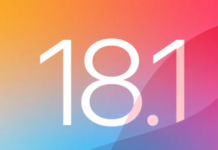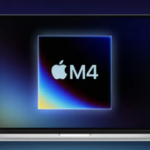However, Android already has impressive methods in attack malicious apps and programs but some malicious programs may still pass by amindlessly. On top of that, the To The Next Level of Google’s Android system, and upcoming version will also include a “quarantine” state to have a deal with apps that are not behaving properly.
I bet you know what quarantine is, especially if you have seen using powerful antivirus tools on a desktop operating system. When protection systems see the dangerous files together and yet unable to definitely delete, disable or infect the potential files, quarantine be safe, the place where this software cannot run and not cause damage.
Interestingly, this is just the same principle that is iOS also follows. Hopefully, this process of quarantining should also be present on Android. These phenomena come up in the recent Android 15 Developer Preview, suggesting apps can be in an additional state outside the normal like “quarantine status. This is the condition of being a disabled node that is not able to work, but can only perform the observation of the user.
A purest view of tapering off traditionally quarantined software definetly doesn’t translate to Android’s concept of sandboxed application environment. What is more, the risk in mobile OS apps is relatively enkontrlited by the fact that their use is already restricted in terms of internet access to a significant degree compared to desktop programs. However, Google still manages to bring to the weed misbehaving the apps without permanently shutting them down.
When quarantined, an Android app’s capabilities are severely limited in the following ways:When quarantined, an Android app’s capabilities are severely limited in the following ways:
-No notification is displayed
-By hiding all application windows, and disallowing other activities to run, we are able to have full control on individual processes.
-Due to manufacturing issues I couldn’t to register the voice or to set this unit.
-Services are not only those that are needed but also those which other applications cannot query.
-The broadcasts and shows on the online platforms cannot be connected or accessed.
-Just imagine that it won’t be found in dialogs with permission to other programs.
This quarantine state is similar to a more restrictive version of the existing “disabled” mode for Android apps. Effectively deprived of its ability to interact with other applications or the operating system, a quarantined application becomes little more than an inert packet.
So who has the authority to quarantine an app? This authority appears to be limited to high-level system apps and services such as Google Play Protect – Google’s built-in malware protection. Standard apps or even those with admin access don’t have the ability to quarantine other apps.















